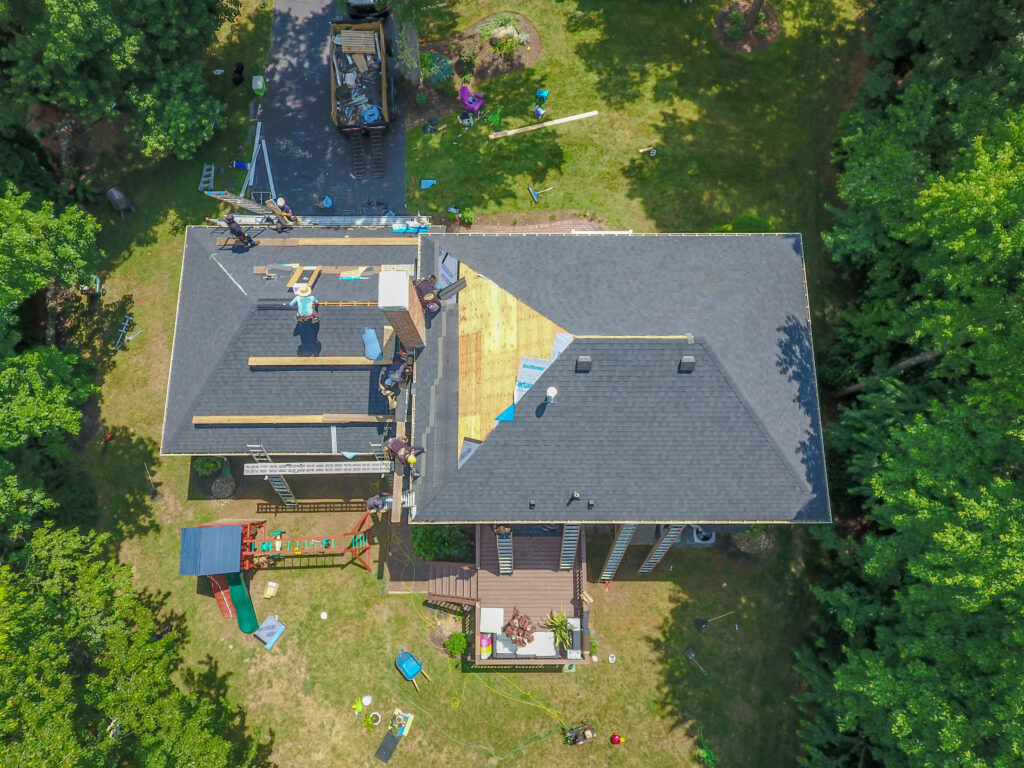
Embarking on a roof replacement journey is a significant investment that requires careful consideration of various factors influencing costs. In this detailed guide, we’ll unravel the complexities surrounding roof replacement expenses, providing homeowners with valuable insights into the determinants that shape the overall cost of replacing their roofs.
Roof Size and Square Footage:
The size of your roof, measured in square footage, is a primary factor influencing replacement costs. Larger roofs require more materials and labor, contributing to higher expenses. Roofing contractors typically estimate costs per square foot, taking into account the entire roof area.
Choice of Roofing Materials:
The selection of roofing materials plays a pivotal role in determining costs. Various materials, such as asphalt shingles, metal, tile, and slate, come with different price points. Additionally, opting for high-quality, durable materials may incur higher upfront costs but can provide long-term value and performance.
Labor Costs:
Skilled labor is a significant component of roof replacement expenses. Labor costs are influenced by factors such as local labor rates, workforce availability, and the complexity of the project. Experienced and qualified roofing contractors may charge higher rates for their expertise.
Roof Pitch and Complexity:
The pitch or slope of your roof can impact both material and labor costs. Steeper roofs require additional safety measures and may involve more intricate installation processes, contributing to higher expenses. Complex roof designs with features like dormers or skylights can also affect costs.
Underlayment and Ventilation Systems:
Quality underlayment and proper ventilation are crucial for the longevity of your roof. Investing in premium underlayment materials and ensuring effective ventilation may add to the overall costs but can enhance the performance and durability of the new roof.
Removal of Existing Roofing Materials:
The removal of the existing roof layer(s) is a necessary step in the replacement process. Labor and disposal costs associated with removing old materials contribute to the overall expenses. Some jurisdictions may have specific regulations regarding the disposal of roofing waste.
Geographic Location and Climate:
The geographic location of your home and the prevailing climate can influence replacement costs. Areas prone to severe weather conditions may require additional measures for durability, impacting both material selection and labor costs.
Roofing Permits and Compliance:
Obtaining necessary permits and complying with local building codes are essential steps in the replacement process. Permit fees and adherence to regulations contribute to the overall costs and ensure a legal and safe roofing project.
Conclusion:
Roof replacement costs are multifaceted, influenced by various factors ranging from roof size and materials to labor and geographic location. Homeowners can make informed decisions by understanding these determinants, obtaining multiple quotes from reputable contractors, and prioritizing quality for long-term benefits. Consulting with roofing professionals and conducting thorough research will contribute to a successful and cost-effective roof replacement project.
